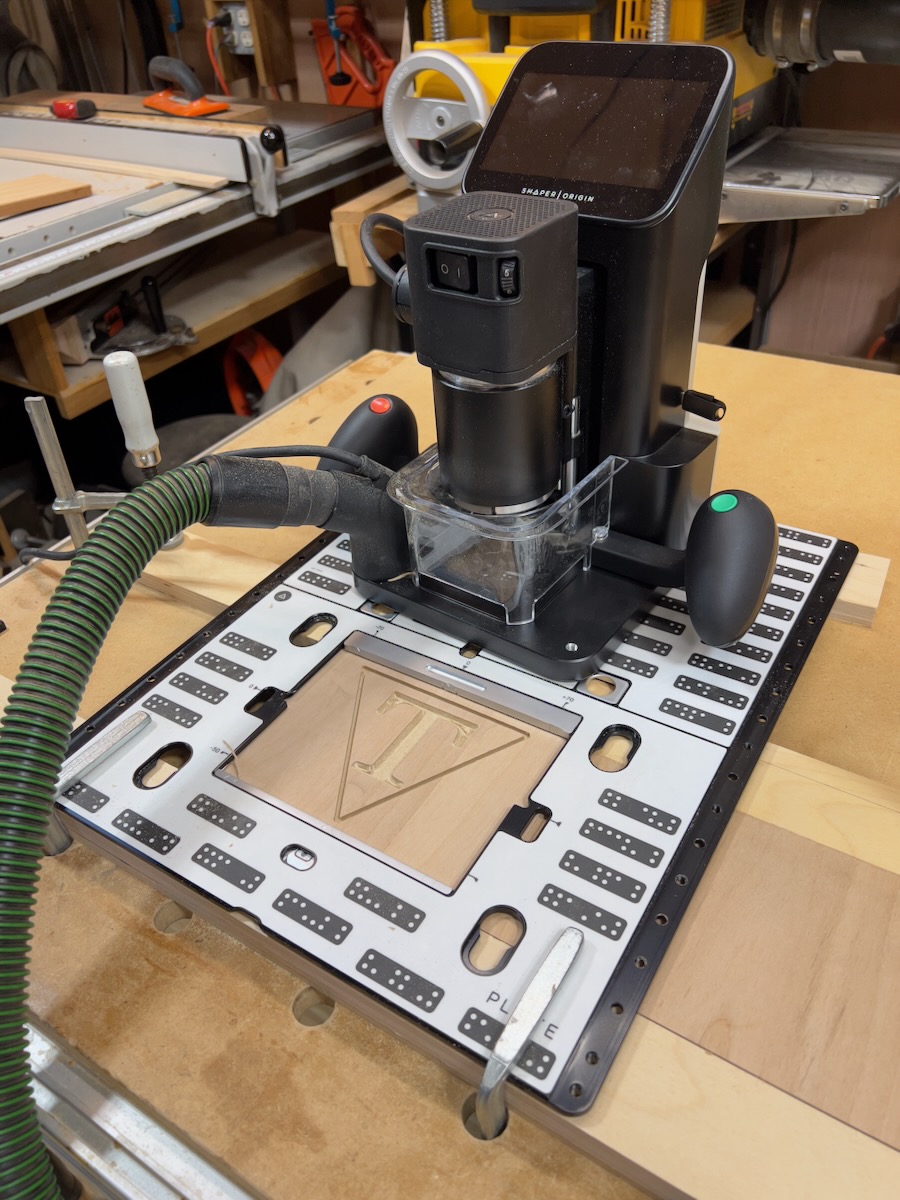I became interested in woodworking at a young age. I think it was as much about the tools as the process of designing and building something you could point to with varying degrees of pride!
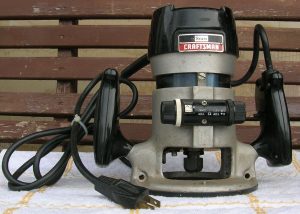
The first new power tool I got when I started graduate school was a router. I had picked up a couple of second-hand tools like a skill saw and a drill. I figured I could start doing some incredible woodworking once I had a router.
Wrong! I quickly discovered there are few things you can do with a router until you have other essentials, like a table saw. But more importantly, I learned there are only specific ways to cut wood with a router. I eagerly tried to create a simple nameplate with my initials, only to discover it was impossible to do anything freehand with a router.
I eventually became proficient at many operations using templates, a router table, and different fixtures and jigs. I could do things with high accuracy, but it involved a lot of setup work. It was tough to do small, detailed work. I was looking for an easy way to do inlay work without investing in CNC machines. These could do accurate work but were large and relatively specialized.
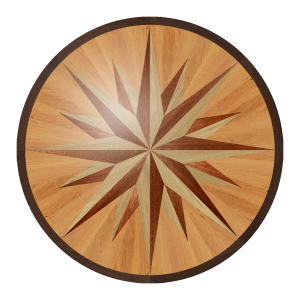
I had a project in mind to replace the top of the side table I built so many years ago in Colorado with a new one with a compass rose inlay. I had seen many examples of those done in wood over the years.
Then, one day, I noticed an ad for a new router showing up online. It is capable of precision-free hand routing using a camera system. I followed the ad to watch a video of a guy adding a compass rose inlay in the middle of the landing of a wood staircase. I pretty much bought it on the spot!
Essentially, a computer attached to a router with the ability to move the cutter head (parallel to the surface of the work) in real time. The operator follows a predefined path on the display while the camera looks at a pattern of user-applied graphical tape in the space above where the cut is being made. The motor is repositioned in real-time to ensure accuracy. The spindle instantly retracts if you move outside the track (roughly 1 inch in diameter).
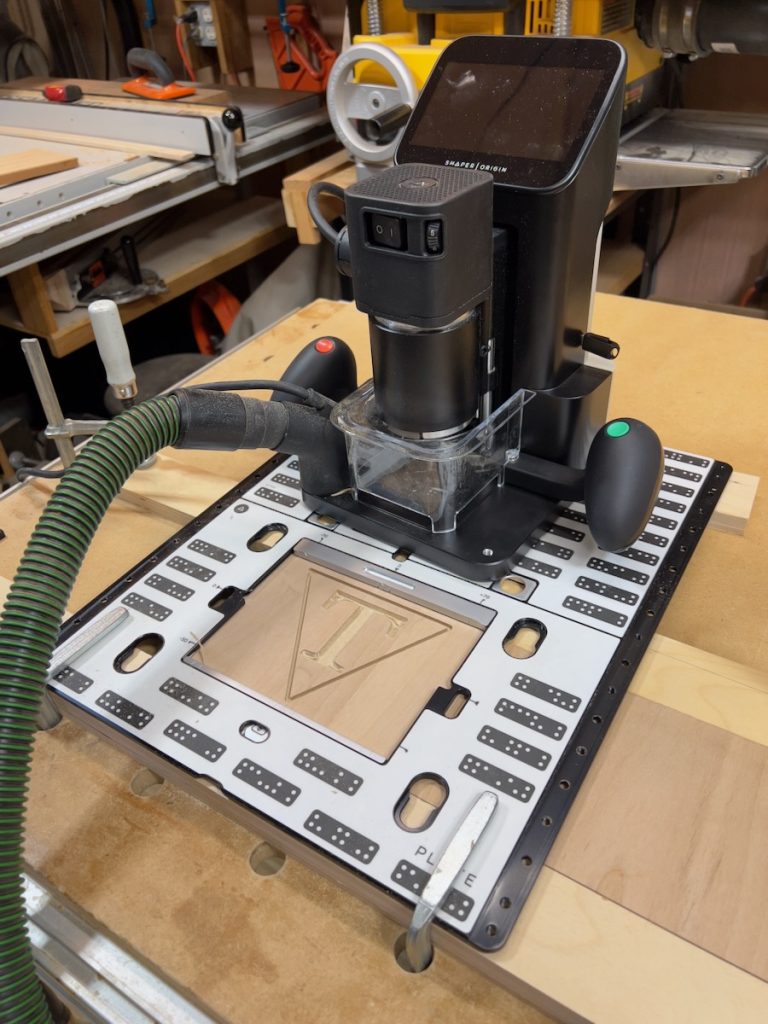
The system comes with several workstations with pre-applied graphics for common operations on small pieces. Tape is applied directly to the work for larger work so that the larger cut area can be accurately made.
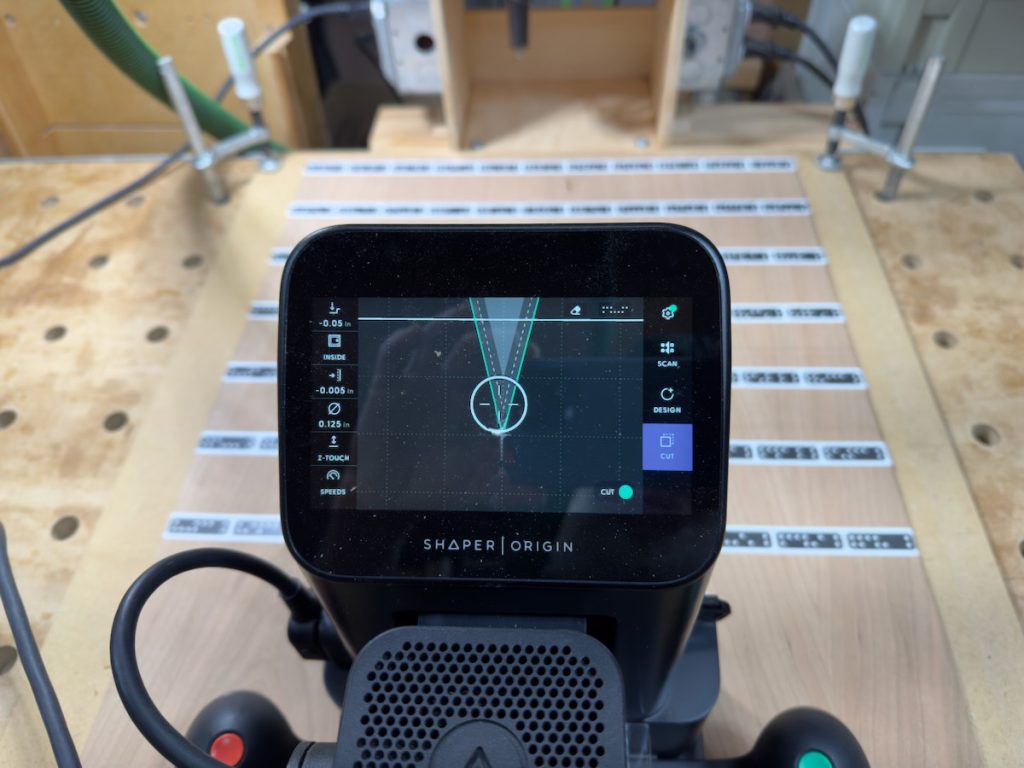
It is absolutely essential the workpiece can not move relative to the positioning tape once the unit has been set up. Two-sided tape is used to keep the piece from shifting while being cut. You specify the cut depth, press the cut button to lower the cutter into the work surface slowly, and then follow and route the path. Effective on-screen graphics help guide the cut. Several cuts at varying depths are made to ensure smooth operation. The unit is heavy enough with a large smooth base and is easy to control when following the path on the display.
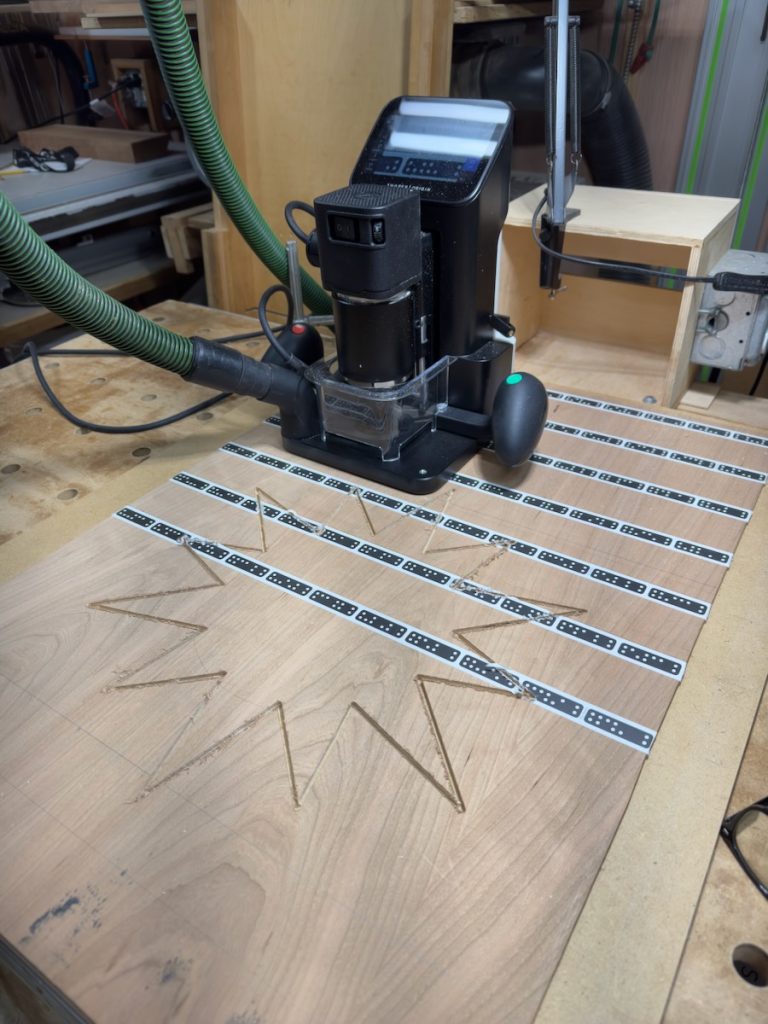
I am stunned at how accurate and repeatable the cuts are. Measurements can be entered accurately to one-thousandth of an inch. Offsets can be applied to provide for allowance on mating parts. Pieces can be cut and fit together like a jigsaw puzzle with stunning accuracy.
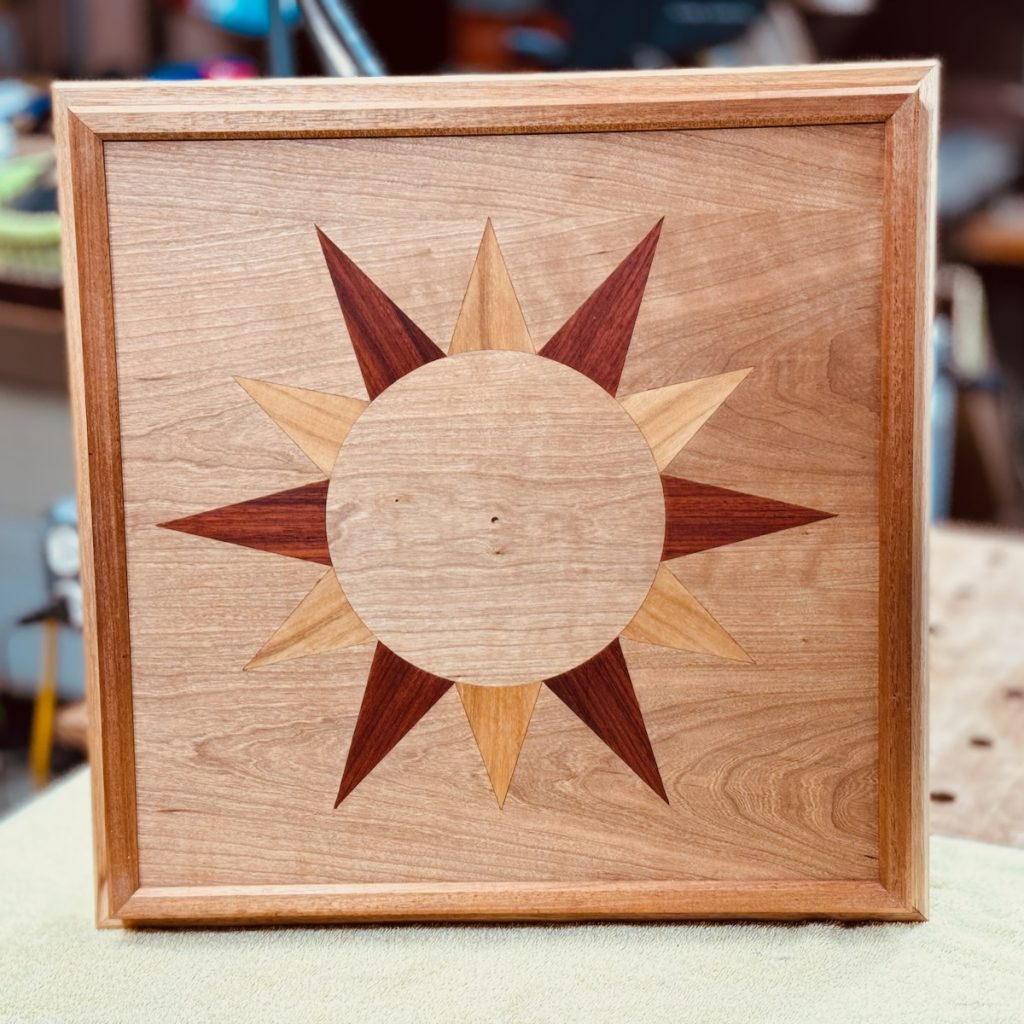
A web-based design tool can create tool paths for mortising and inlay work. It also can import AutoCAD files. I use AutoCAD to do my design work for my projects. Exporting design files and importing them to the tool was easy.
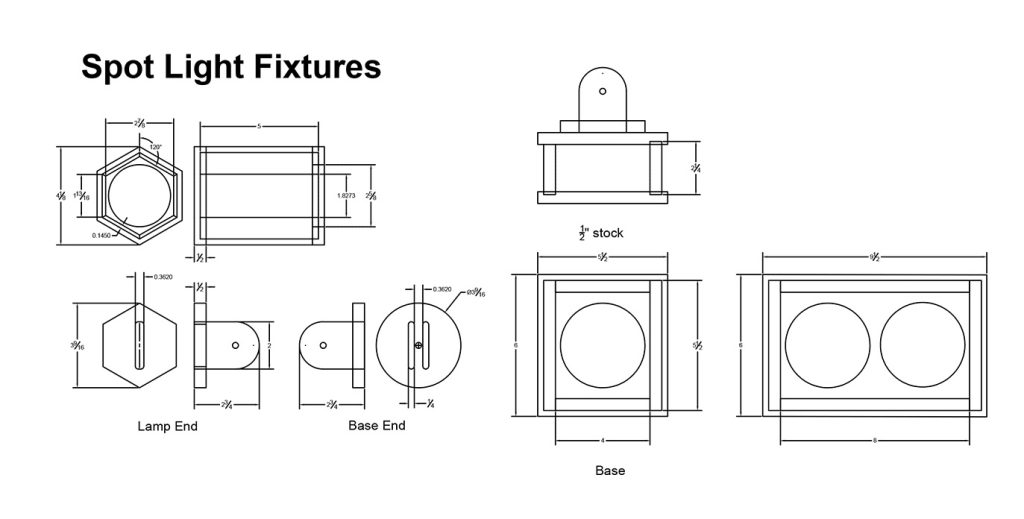
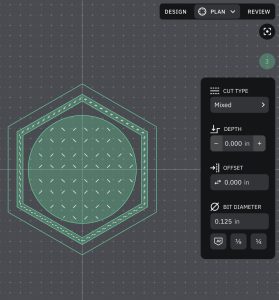
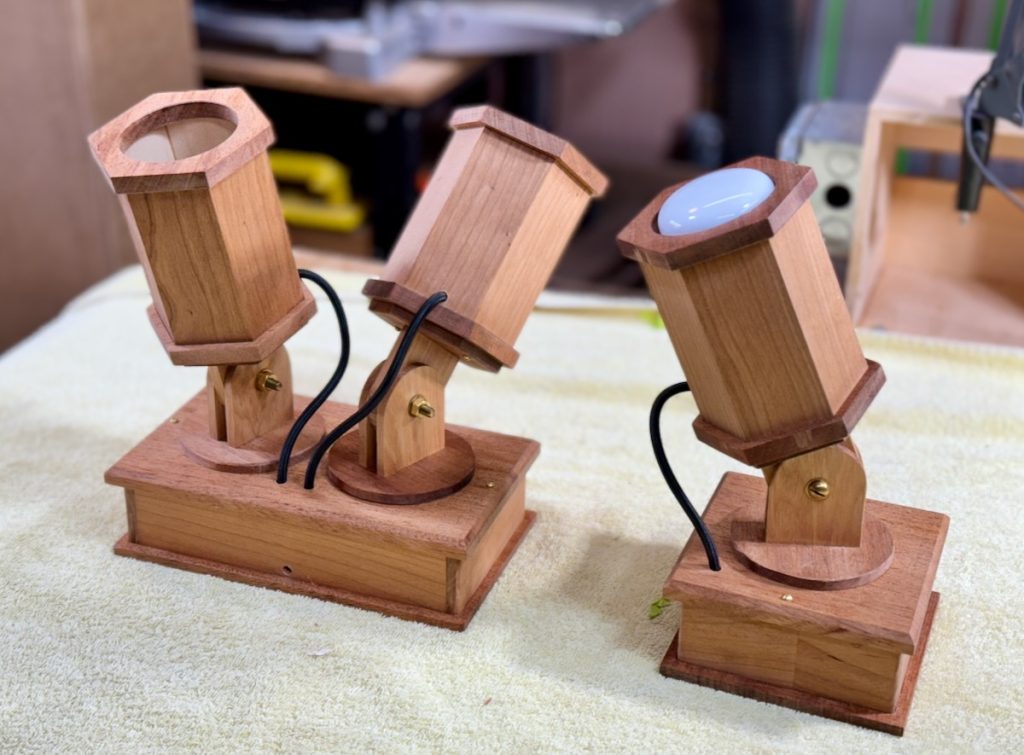
I would guess this will become a big hit. One of my favorite tool designers and manufacturers, Festool, from Germany, has already acquired the startup. I own several tools they made and have found them to be of exceptional quality and reliability and have held well over the years.


